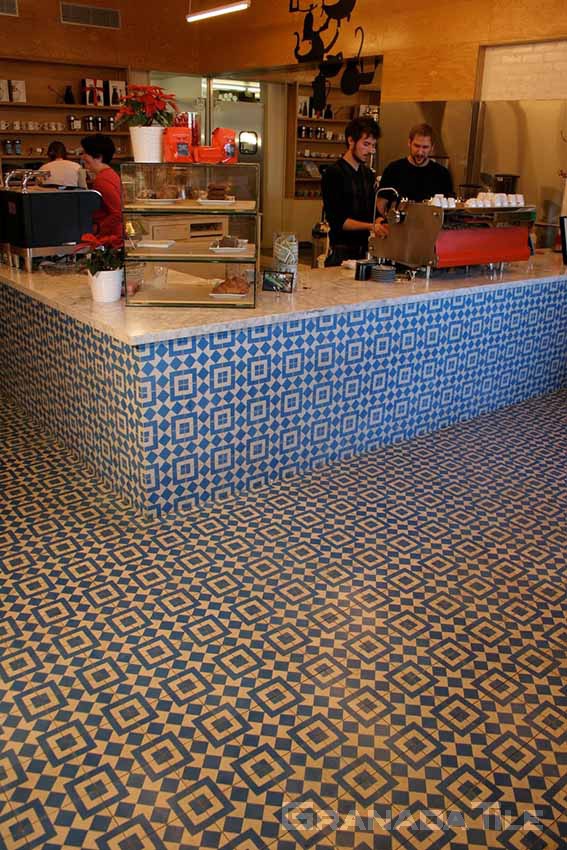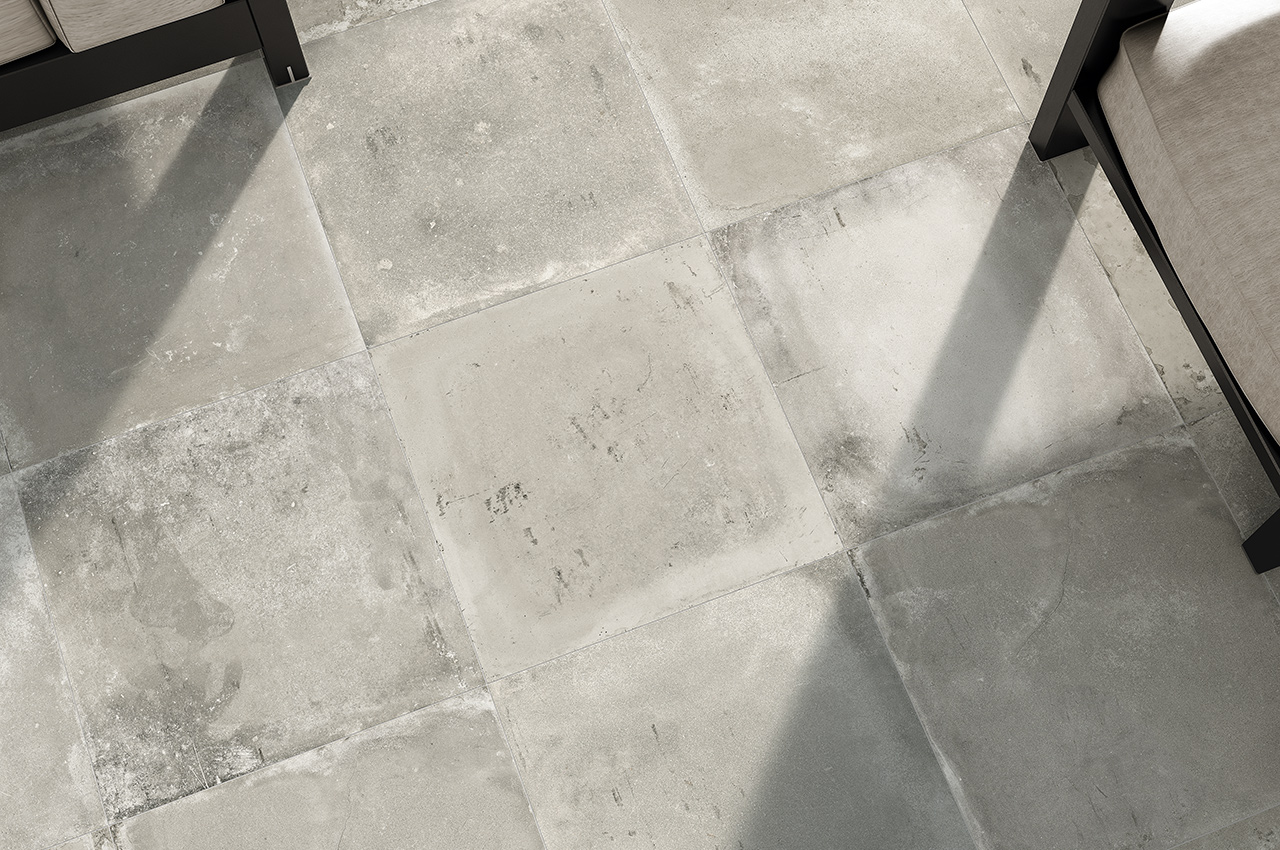

#Cement tiles industry install
To prepare to install the tiles over a flat, bondable substrate, wipe off any residual dust with a damp sponge. Often these tiles are considered indoor use only due to freeze/thaw and UV stability considerations, make sure to verify with the manufacturer that they are suitable for where you are installing them. Preparation - Consider where the tiles will be installed and make sure they are suitable. For porcelain versions, standard installation practices should be used. For the rest of this article, we will focus only on true encaustic cement tiles that are made of cement. However, patchwork is starting to emerge as a catch-all for this category of tiles. The pattern may repeat or be mixed with other patterns. Instead of calling these tiles 'cement-look' or 'encaustic-cement-look', designers and even manufacturers are starting to refer to them as 'patchwork.' Strictly speaking, patchwork is a combination of patterns and designs, often on the same tile. Patchwork - Many tiles made with geometric decorations are now made of porcelain. The primary functional differences are absorption (cement tiles can have 10% or more, encaustic tiles usually are around 5% absorption) and strength (neither is as strong as porcelain, but fired tiles are stronger than cement tiles). When cement tiles were introduced in the mid-1800's, the coloring process was similar (although it didn't use heat) so the term 'encaustic cement tile' has been in use ever since.

For thousands of years, this method has produced intricate encaustic tiles like those in the picture installed in Topkapi palace in the 1400's. The word 'encaustic' refers to the process of adding color to wax (originally beeswax), pressing it into a tile, and then burning off the wax leaving just the color behind. Cement - True encaustic tiles are fired in a kiln, cement tiles are not. Let's start by defining some terms.Ī comparison chart of encaustic tiles and cement tilesĮncaustic vs. In this article we will wade through the terms, then take a look at the practical implications for installation. Walking around trade shows this year, the trend is very evident with many manufacturers capitalizing on the look, even if the tiles are of a completely different composition. These tiles often feature mono-chromatic gray, white, and black backgrounds with geometric designs but can also include colors from subtle to vivid. Watch any home improvement show these days and you're likely to see the throwback looks of encaustic cement tiles. MAPEI Technical Institute (Online Trainings).MAPEI Technical Institute (In-Person Trainings).Systems for Installing LVT in Wet Environments.Cementitious and Resin Flooring Systems.Products for Underground Construction (UTT).UltraCare Stone, Tile, Grout Care and Maintenance Solutions.


 0 kommentar(er)
0 kommentar(er)
